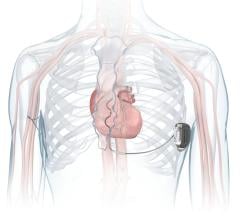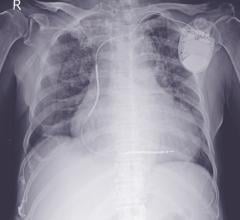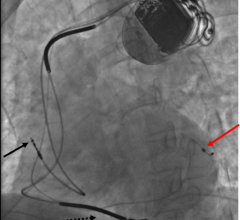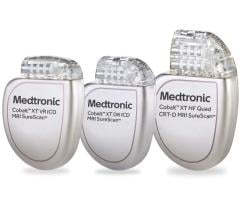
October 14, 2013 — An independent study from the University of Pittsburgh Medical Center, published online this week in EP EuroPace, showed significant differences in battery longevity between contemporary cardiac resynchronization therapy defibrillator (CRT-D) devices, and that the Boston Scientific Corp. device has the longest battery life compared to similar brands.
This retrospective, observational study focused on a cohort of 646 patients who were implanted with current models of CRT-D defibrillators between Jan. 1, 2008 and Dec. 31, 2010. The primary endpoints were the rate of battery depletion — reaching elective replacement indicator (ERI) — as well as the time from device implantation to battery depletion as specified by device manufacturer. Overall, study data demonstrated the shortest battery longevity in contemporary Medtronic CRT-D models compared with devices from other manufacturers.
During the follow-up, only four percent of Boston Scientific device batteries had depleted, compared to seven percent from St. Jude and 25 percent from Medtronic (p < 0.001). Moreover, the four-year battery survival rate of the Boston Scientific device was 94 percent, compared to 92 percent from St. Jude and 67 percent from Medtronic (p < 0.001).
"With improved therapies, the majority of today's heart failure patients will outlive their implantable device,” said Kenneth Stein, M.D., chief medical officer, cardiac rhythm management, Boston Scientific. “A recent study showed that nine percent of patients who have a device replacement experienced a complication or device infection.[iii] As patients live longer, the benefit from longer-lasting devices and fewer replacement surgeries becomes increasingly significant."
The study, Battery Longevity in Cardiac Resynchronization Therapy Implantable Cardioverter Defibrillators, was sponsored exclusively by University of Pittsburgh Medical Center. The study was conducted under the leadership of principal investigator Samir Saba, M.D., chief, cardiovascular electrophysiology, University of Pittsburgh Medical Center.
For more information: www.bostonscientific.com, www.europace.oxfordjournals.org


 September 05, 2024
September 05, 2024 









